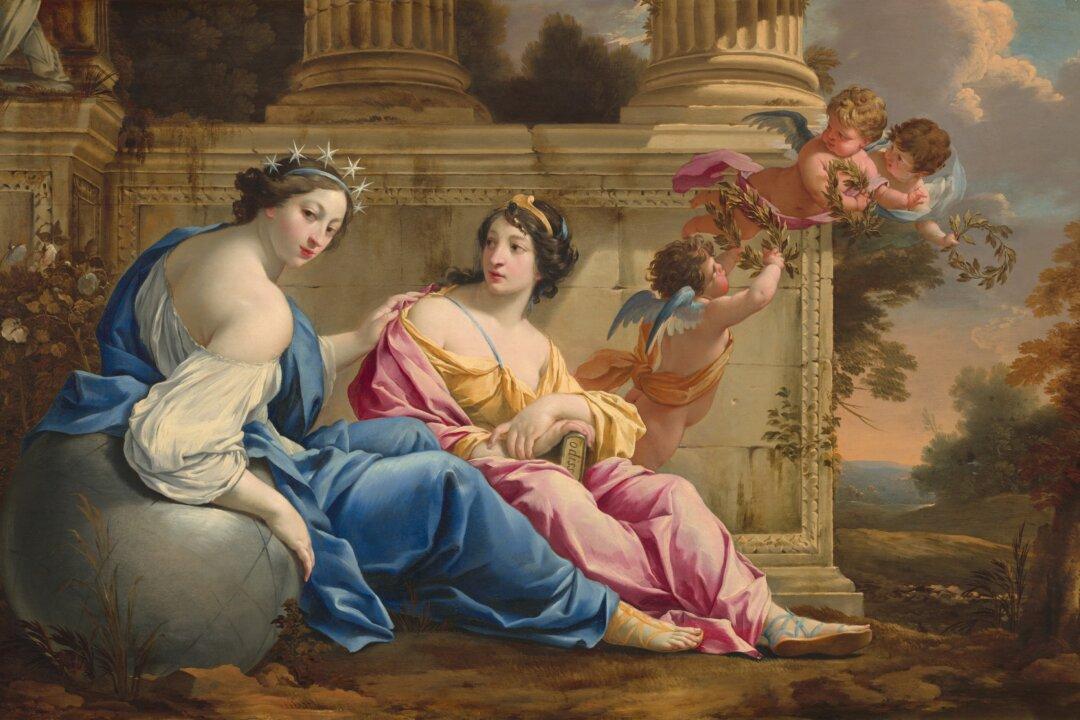Who were the Greek Muses? Zeus, the thunderbolt-wielding king of the gods, and Mnemosyne, the goddess of memory, had nine daughters who were referred to as the nine Muses. The Muses were considered goddesses who brought inspiration. They inspired music, poetry, dance, and knowledge.
It’s interesting to note that it took the union of Zeus, often associated with the flash of lightning, and Mnemosyne, the mother of memory, to create the nine Muses as sources of inspiration. We sometimes refer to our moments of inspiration as coming to us “in a flash.” We may also think, “Why didn’t I think of that earlier?” as if it was something we already knew.





